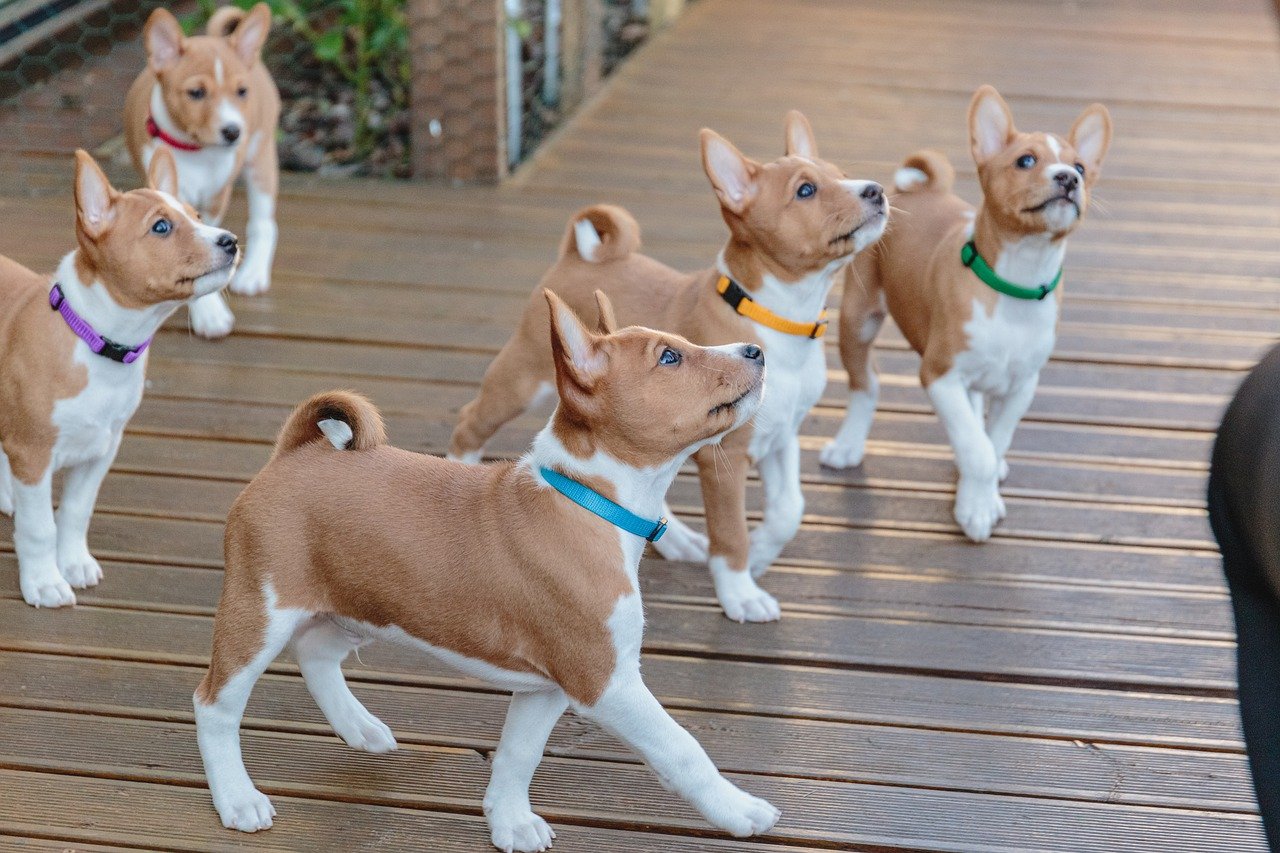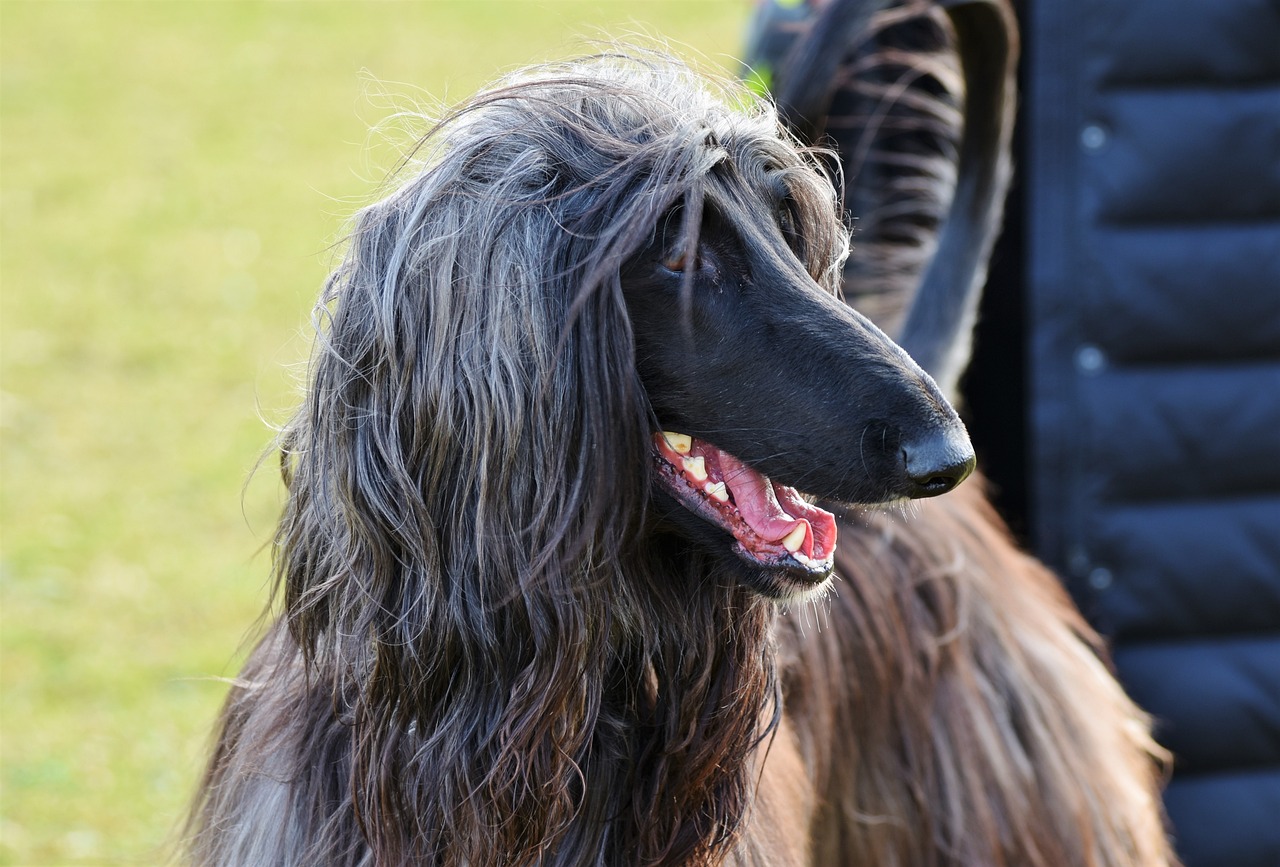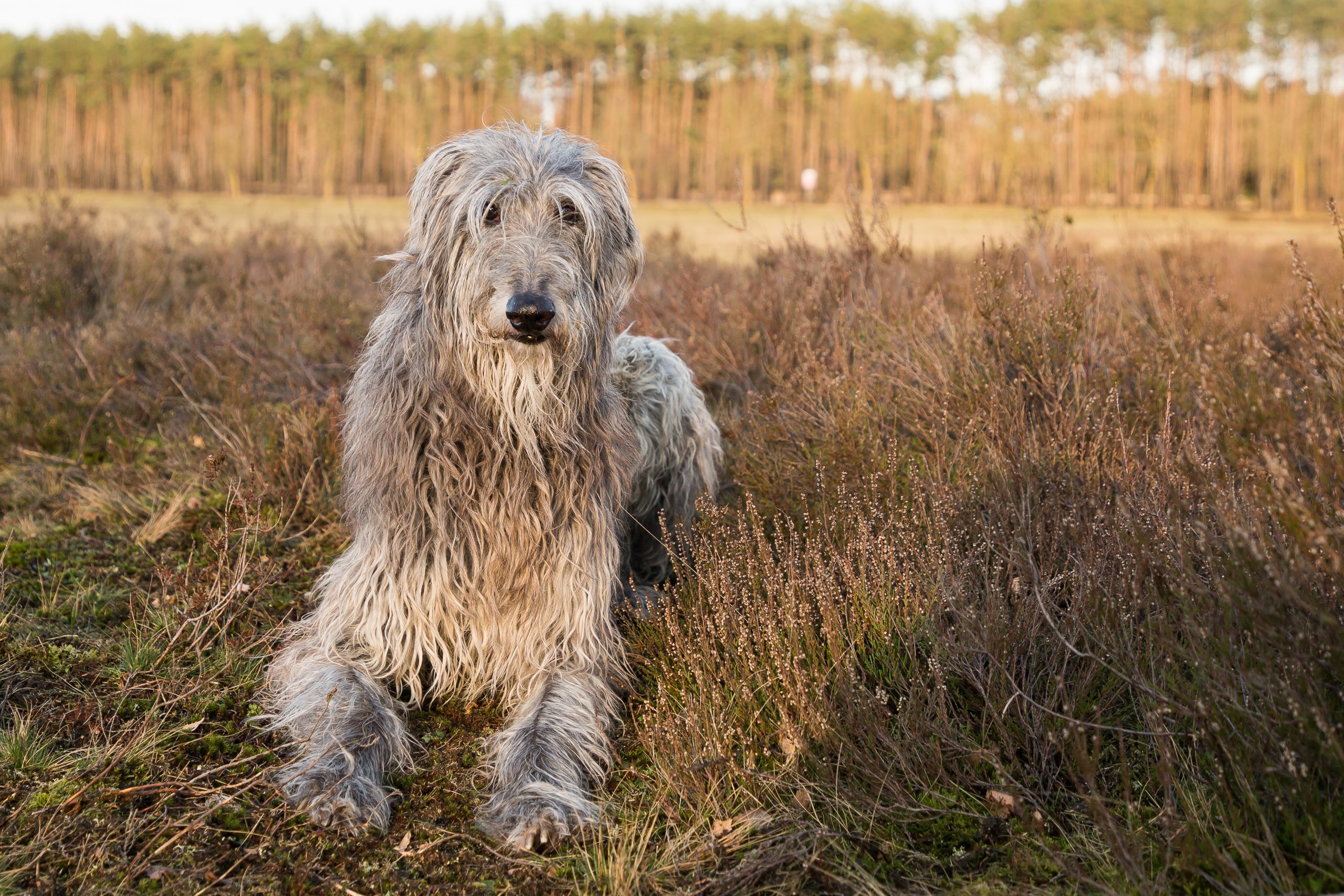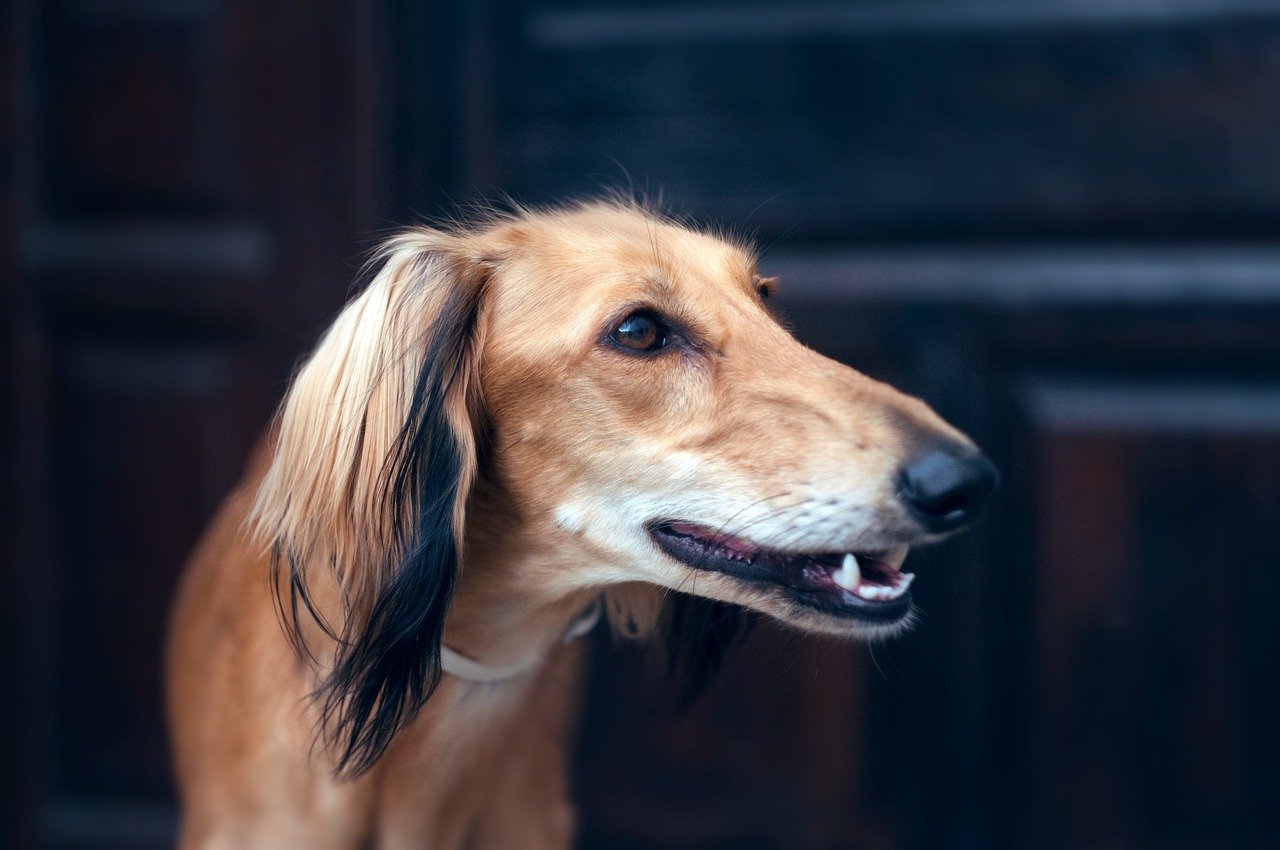
While dogs are known for their loyalty and affection towards humans, some breeds exhibit a stronger preference for the company of their canine counterparts. These breeds often thrive in environments where they can interact regularly with other dogs, whether for play, work, or companionship. This tendency can be attributed to various factors including historical breeding purposes, such as pack hunting or herding, which ingrained a strong social nature towards other dogs. Understanding these breeds is crucial for prospective dog owners who may need to consider providing a multi-dog household or regular dog-socializing activities to keep their pets happy and healthy. This article will explore seven dog breeds that often prefer the company of other dogs over humans, delving into the reasons behind their canine-favoring nature and how this affects their interactions and lifestyle.
1. Basenji
The Basenji, often known as the “African Barkless Dog,” is known for its cat-like demeanor and independent nature. This breed tends to form closer bonds with other dogs than with humans. Historically used in packs for hunting in Central Africa, the Basenji relies heavily on non-verbal communication and has retained a strong pack mentality. In a household setting, Basenjis often gravitate towards the companionship of other dogs, engaging in mutual grooming and play, which are crucial for their social and mental well-being. Owners of Basenjis frequently find that having another dog can help mitigate the breed’s aloofness and provide them with a more fulfilling environment.

2. Afghan Hound
Elegant and dignified, the Afghan Hound carries an air of aloofness toward strangers and often their human families. Known for their independence and sometimes standoffish nature, Afghan Hounds historically ran in packs, which honed their preference for canine companionship. They thrive in environments where they can interact and engage in activities with other dogs, whether playful chasing or simply co-existing peacefully. Their preference for other dogs can be seen in their body language and interactions, where they are likelier to show submissive and playful behaviors with other dogs than with people.

3. Alaskan Malamute
Alaskan Malamutes are pack animals through and through, reflecting their heritage as sled dogs where teamwork with other dogs was essential for survival. These powerful dogs exhibit a strong preference for the company of other dogs, which is evident in their play style and social structure even in a domestic setting. Malamutes often communicate and bond over activities like pulling weights or hiking, miming their traditional work in packs. Owners might notice that Malamutes often seek comfort and security from their canine housemates, especially when stressed or in new environments.

4. Scottish Deerhound
The Scottish Deerhound, used historically for hunting in packs, shows a marked preference for the company of other dogs. This breed is known for its gentle and friendly nature, and while they are affectionate with their human families, they often display a deeper, more intuitive connection with other dogs. In dog parks or homes, Deerhounds can often interact more enthusiastically with other dogs, showing a preference for canine companionship in social settings and daily routines.

5. Beagle
Beagles are small hounds with a strong pack mentality, making them more inclined to seek canine companionship over human interaction. Originally bred for hunting in packs, they are happiest when they are in the company of other dogs. This breed uses vocalizations and body language that are highly effective for communicating with other dogs but can sometimes be a source of misunderstanding with humans. In a family environment, Beagles often clearly prefer playing and interacting with other family pets over seeking attention from their human counterparts.

6. Foxhound
Similar to Beagles, Foxhounds were bred to hunt in packs and possess a natural affinity for other dogs. Their social structure is heavily influenced by their interactions with other pack members, and they often exhibit behaviors such as howling and tail wagging more frequently in the presence of other dogs. Foxhounds appreciate the hierarchical structure of a pack and often look to other dogs for social cues and learning behaviors. They are typically more reserved with humans, showing a clear preference for the familiar dynamics of dog companionship.
7. Saluki
Like Afghan Hounds, Salukis possess a reserved and independent nature that often comes off as aloof to humans. However, Salukis shows a different side from other dogs, engaging in playful chases and showing more overt social behaviors. Their preference for canine company over humans can be attributed to their background as pack hunters in the Middle East, where cooperation with other dogs was key to their survival and hunting success. Salukis often bond more deeply with other dogs in the household, displaying loyalty and protective behaviors towards their canine companions.

These seven breeds illustrate the diversity among dogs who prefer the company of their own kind over close human interaction. Understanding these preferences is crucial for providing a suitable environment that caters to their social needs. Whether through arranging playdates or considering a multi-dog household, owners can ensure these breeds live happy, balanced lives. Their preference for other dogs does not diminish their ability to bond with humans but highlights the importance of acknowledging and respecting their inherent nature.
Discover more from reviewer4you.com
Subscribe to get the latest posts to your email.






